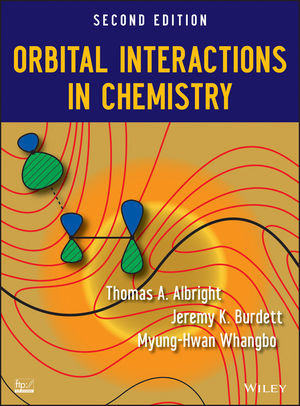

Most ebook files are in PDF format, so you can easily read them using various software such as Foxit Reader or directly on the Google Chrome browser.
Some ebook files are released by publishers in other formats such as .awz, .mobi, .epub, .fb2, etc. You may need to install specific software to read these formats on mobile/PC, such as Calibre.
Please read the tutorial at this link: https://ebookbell.com/faq
We offer FREE conversion to the popular formats you request; however, this may take some time. Therefore, right after payment, please email us, and we will try to provide the service as quickly as possible.
For some exceptional file formats or broken links (if any), please refrain from opening any disputes. Instead, email us first, and we will try to assist within a maximum of 6 hours.
EbookBell Team

4.1
20 reviewsExplains the underlying structure that unites all disciplines in chemistry
Now in its second edition, this book explores organic, organometallic, inorganic, solid state, and materials chemistry, demonstrating how common molecular orbital situations arise throughout the whole chemical spectrum. The authors explore the relationships that enable readers to grasp the theory that underlies and connects traditional fields of study within chemistry, thereby providing a conceptual framework with which to think about chemical structure and reactivity problems.
Orbital Interactions in Chemistry begins by developing models and reviewing molecular orbital theory. Next, the book explores orbitals in the organic-main group as well as in solids. Lastly, the book examines orbital interaction patterns that occur in inorganic?organometallic fields as well as cluster chemistry, surface chemistry, and magnetism in solids.
This Second Edition has been thoroughly revised and updated with new discoveries and computational tools since the publication of the first edition more than twenty-five years ago. Among the new content, readers will find:
Each section ends with a set of problems, enabling readers to test their grasp of new concepts as they progress through the text. Solutions are available on the book's ftp site.
Orbital Interactions in Chemistry is written for both researchers and students in organic, inorganic, solid state, materials, and computational chemistry. All readers will discover the underlying structure that unites all disciplines in chemistry.Content:
Chapter 1 Atomic and Molecular Orbitals (pages 1–14):
Chapter 2 Concepts of Bonding and Orbital Interaction (pages 15–31):
Chapter 3 Perturbational Molecular Orbital Theory (pages 32–46):